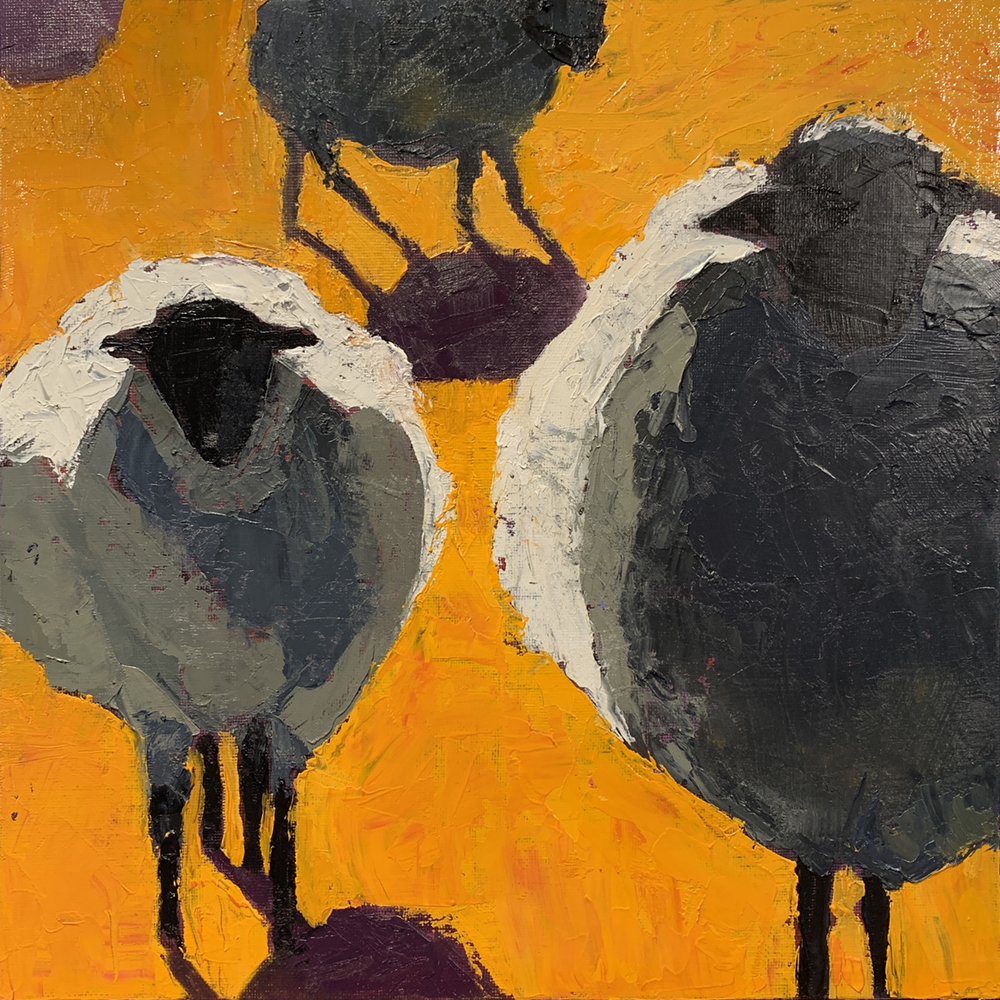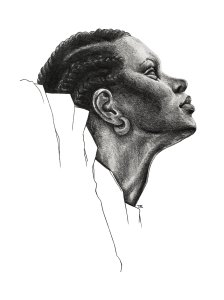Intro: the Merit of our Practice (14:37)
guided Meditation: Body Scan (17:34)
For resources related to mindfulness of the body and the body scan, click here.
“May we dedicate the merit of our practice to ourselves, to our families and friends, to all those we know and all those we don’t know, and to all beings everywhere, throughout space and time”
Yesterday I had a powerful reminder that we do not practice for ourselves alone. I witnessed May We Gather, a memorial service for Asian American Ancestors, held on the 49th day after the killings of eight women, including six Asian women, in spas near Atlanta, Georgia. The 49th day after death is an important transition in Buddhist tradition for both the departed soul and for those who survive it. The service memorialized not only the women killed in Atlanta, but all the victims of Asian-American hate crimes dating back to the first Chinese immigrants who arrived on our shores in the 1850s. And in memorializing Asian victims, all victims of hate everywhere are remembered.
The service was a powerful reminder to me of what is often referred to in the Buddhist tradition as the Merit of Our Practice: a reminder that we are, in fact, interconnected, and that transformation of society begins with internal transformation. Our practice is activism; it is revolutionary. In a time that the divisions in our country often leave me in despair, I found hope in the voices of the dozens of Buddhists priests and monastics who spoke, each one affirming the truth and power of the Buddha’s words 2600 years ago: Hate never ceases by hatred, but by love alone is healed. This is an ancient and eternal law.”
There is power in ceremony and ritual, in the deep wisdom of ancient teachings, and in community. As noted in the overview of the ceremony, “When someone is hurting, we come together as community. We gather because our lives are inexorably interlinked. We do not suffer alone, nor do we heal alone. Only when we gather as a sangha (community), can we truly support each other’s freedom.” Hundreds of organizations and communities around the world stood in support of the ceremony, and close to 2000 people watched the livestream as it unfolded at the Higashi Honganji Buddhist Temple in Los Angeles, one of dozens of Asian Buddhists temples across the country that have been vandalized in recent incidents.
I found the ceremony powerful and healing, as well as an opportunity to stand in support of our Asian American neighbors and all marginalized people victimized by hatred and discrimination. It also gave me hope in a more peaceful world made possible through nonviolence. If you have the chance to watch, I hope you find it as powerful as I did. You can learn more about the event here and witness the ceremony in the embed below or on YouTube here. The ceremony starts around the 21-minute mark.




 My husband and I recently gave four Navajo Churro sheep to the Navajo Nation. The tribe has a saying: Dibé éí Diné be’iiná at’é, sheep is life. They developed the Churro to thrive in the desert, beginning in the 16th century from Spanish stock. Twice, the US government tried to annihilate the breed. Only recently have they been brought back from the edge of extinction. My husband, Hal Cannon, and I acquired a few after Hal
My husband and I recently gave four Navajo Churro sheep to the Navajo Nation. The tribe has a saying: Dibé éí Diné be’iiná at’é, sheep is life. They developed the Churro to thrive in the desert, beginning in the 16th century from Spanish stock. Twice, the US government tried to annihilate the breed. Only recently have they been brought back from the edge of extinction. My husband, Hal Cannon, and I acquired a few after Hal  Like many from the dominant culture, I thought I had an understanding of racism. I have a degree in history and I thought I knew something about the civil war, the evils of slavery, and it’s lasting legacy of pain. But the events of the past few months have opened my eyes to how little I truly understood about the deep history of racism and the infinite ways in which its pervasive virulence continues to wound the world.
Like many from the dominant culture, I thought I had an understanding of racism. I have a degree in history and I thought I knew something about the civil war, the evils of slavery, and it’s lasting legacy of pain. But the events of the past few months have opened my eyes to how little I truly understood about the deep history of racism and the infinite ways in which its pervasive virulence continues to wound the world. -2 pm EDT, offered through the Zoom platform online
-2 pm EDT, offered through the Zoom platform online